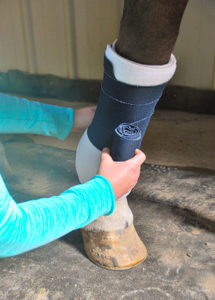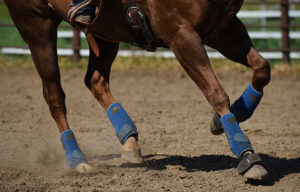Are You Riding a Lame Horse?

“It’s important to educate riders and trainers in visual lameness assessment to detect changes in their horses´ motion symmetry (early),” said Marie Rhodin, PhD, of the Swedish University of Agricultural Sciences, in Uppsala.
Rhodin and her fellow researchers invited horse owners across Sweden to participate in their study if they considered their horses healthy and sound and rode them at least two to three times a week. The scientists accepted 222 horses into the study, and they traveled to each horse’s home site to carry out inertial measurement unit (IMU) analyses of his movement at a trot on a hard surface.
They found that 161 of the 222 horses (72.5%) had measurements that exceeded established threshold values for lameness, Rhodin said. It’s possible that this could reflect biomechanical variations that aren’t actually painful, but it’s also possible that the horse is in pain, she said
Create a free account with TheHorse.com to view this content.
TheHorse.com is home to thousands of free articles about horse health care. In order to access some of our exclusive free content, you must be signed into TheHorse.com.
Start your free account today!
Already have an account?
and continue reading.

Written by:
Christa Lesté-Lasserre, MA
Related Articles
Stay on top of the most recent Horse Health news with












